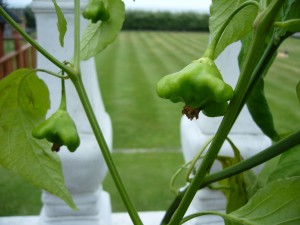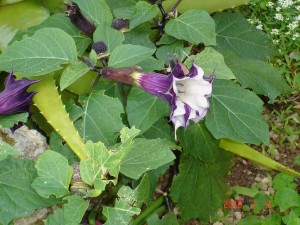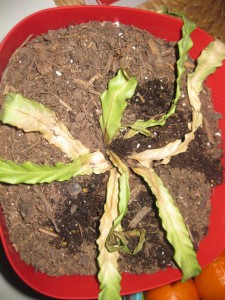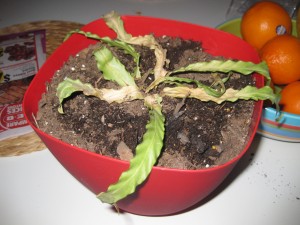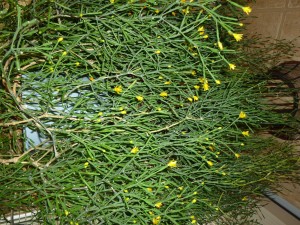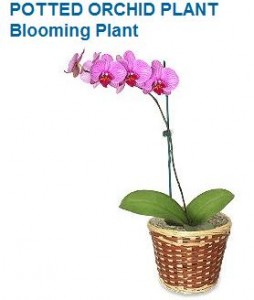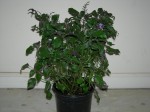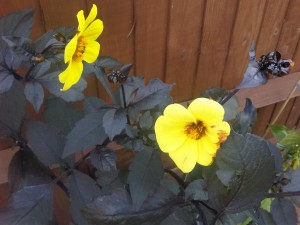Ask The Plant Expert: Attached pics show both plant and resulting seed pods. Not a particularly attractive plant and may even be considered to be weed! Flowers are individual and small with 5 or 6 petals consolidated together at base. Produces large pods as shown. Have tried to identify without success. Thought at first it may a type of chili/pepper but unable to identify. Could have come from Spain, but grown indoors in U.K. Many thanks for help. – Mike
Flower Shop Network Plant Expert Reply: Believe it or not, I think it is a UFO pepper. The UFO stands for
Unbelievably Fiery Object, and is considered to be a very hot pepper. The only other option would be a Jamaican Hot Yellow Scotch Bonnet pepper which is also another hot pepper. There are several places here in the USA that sell the seeds. I’m not sure where in seeds originate from.
Hope this information was helpful please let me know if I can help with anything else.


 Find Your
Find Your 
